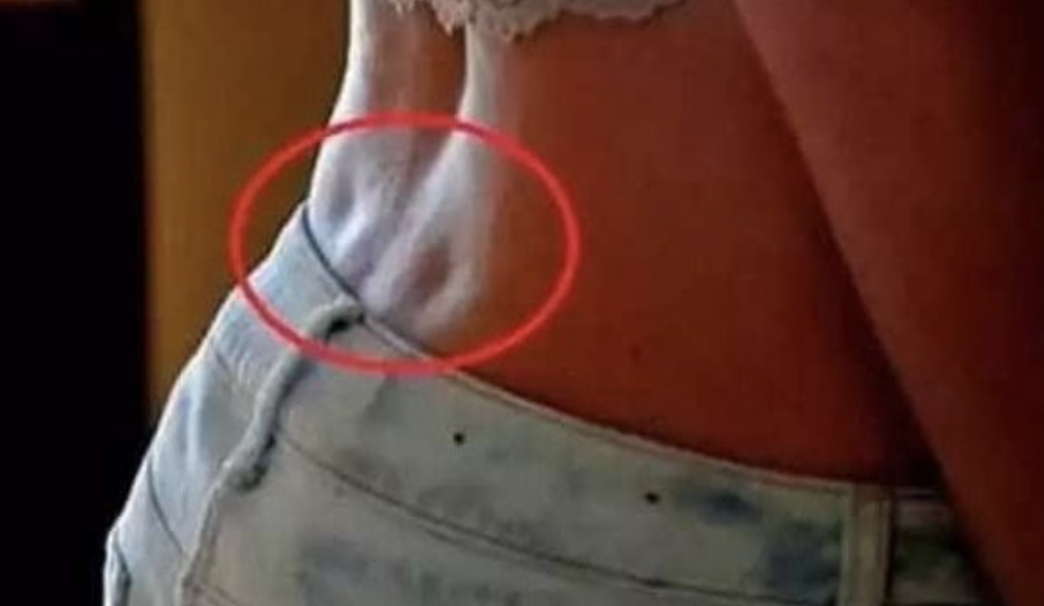Have you ever noticed those adorable little “indentations” on the lower backs of some people? They may not be very common, but they certainly catch our attention. These fascinating features are called “dimples of Venus,” named after the Roman goddess of beauty. But what exactly are they, and why do only some people have them? Let’s explore this together!
What are Dimples of Venus?
Officially known as “fossae lumbales lateralis,” or “lateral lumbar indentations,” most people simply refer to them as dimples of Venus. Although the informal term is widely recognized in the medical field, these small, symmetrical indentations are located in the lower back, just above the joint where the pelvis meets the spine, near the buttocks.
The Charm of Dimples
The formation of these indentations is attributed to a tiny ligament that connects the outer edge of the iliac bone (known as the superior iliac spine) to the skin. The name “dimples of Venus” stems from their association with the goddess of beauty, Venus. These indentations have long been considered a highly attractive physical characteristic. Interestingly, even Venus herself was often portrayed with these dimples, further solidifying their reputation as an “imperfection of beauty.”
The Coveted Feature
Like all things rare, dimples of Venus possess a certain charm and potential that often evokes envy in those who don’t have them. Some individuals are even willing to spend substantial amounts of money on surgery in an attempt to acquire them. However, is there a natural way to develop these dimples without resorting to such measures?
Stay tuned for the next section, where we’ll explore whether it’s possible for anyone to have these enchanting dimples, without the need for surgical intervention!





